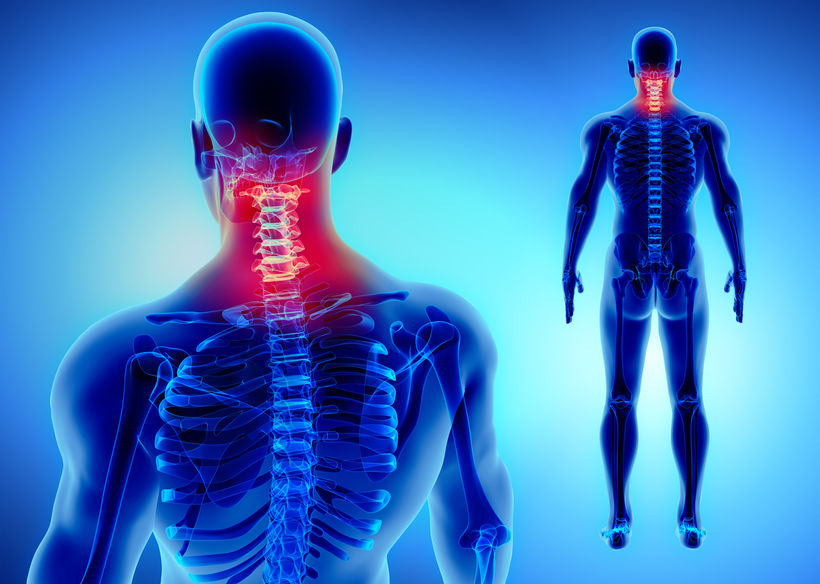
Medico-legal Guidelines: Ectopic Pregnancy in the Emergency Department
1st June 2020
Differentiating Appendicitis in the Emergency Room
18th June 2020Guidelines for Investigating C-Spine Injuries
I have previously written about fractures that can be missed in the Emergency Department, especially if the attending physician does not undertake appropriate imaging. However, few misdiagnoses can have as disastrous an impact as missed cervical spine (C-Spine) injuries. While the fracture may not in itself be a significant injury movement of the spine can lead to damage to the spinal cord and leave the patient with tetraplegia.
When a patient presents to the ED having suffered major trauma, one of the first things an emergency physician must do, is to determine whether C-spine injury exists, through a process called “clearing the cervical spine.” As discussed in previous posts, clinicians often need to balance an accurate diagnosis with safely decreasing the patient’s exposure to imaging radiation. Indeed during the primary survey the mantra in the ATLS guidelines it to assume the patient has a spinal injury and protect the spine from movement
As with other types of diagnoses, guidelines are essential to an expert when trying to determine whether a mistake was made in the diagnosis or treatment of this type of injury. In this case, looking at different sets of guidelines may be necessary to gain a full understanding of the protocol to be followed.
For example, the Canadian C-Spine rule can be safely applied on alert and stable trauma patients to rule out cervical spine injuries and eliminate the need for imaging, with a reported sensitivity of 99-100% to these types of injuries. However, following this guideline requires that the patient be alert, co-operative and with no distracting injuries during the assessment. Moreover, this rule cannot be safely applied on patients with any high-risk factors such as age over 65 or paresthesia ( altered sensation) in the arms or legs.
Unfortunately, spinal injuries are often associated with head trauma, which may render the patient unconscious or unco-operative. Therefore, it is necessary to use the Canadian C-Spine rule in conjunction with Advanced Trauma Life Support (ATLS) protocols and the section on injuries to the cervical spine, provided in guideline 176 of the National Institute for Health and Care Excellence (NICE).
ATLS guidelines highlights the importance of protecting and maintaining cervical spine alignment during airway management. Some studies estimate that up to one quarter of spinal cord injuries occur following the initial injury, due to failure to correctly immobilize the spine to prevent further injury. Only after the cervical spine is secured with the use of a cervical collar, a backboard and a lateral support device, should a clinician proceed with evaluating the nature of the injury and making imaging decisions.
The NICE guideline of cervical spine imaging further outlines the factors that require a CT scan to be performed rather than plain X-rays and the risk factors that require an immediate CT scan to be performed, such as:
- age 65 years or older
- dangerous mechanism of injury
- focal peripheral neurological deficit
- paraesthesia in the upper or lower limbs.
- The most difficult decision for an expert to consider is whether the initial injury was responsible for any neurological deficit or if the failure to suspect, investigate and diagnose a cervical spine injury without reasonable care in not worsening or causing a neurological deficit.Considering whether the practitioners followed the guidance both from ATLS and the Canadian C-Spine rules can be used to help make this decision and to give an opinion.




